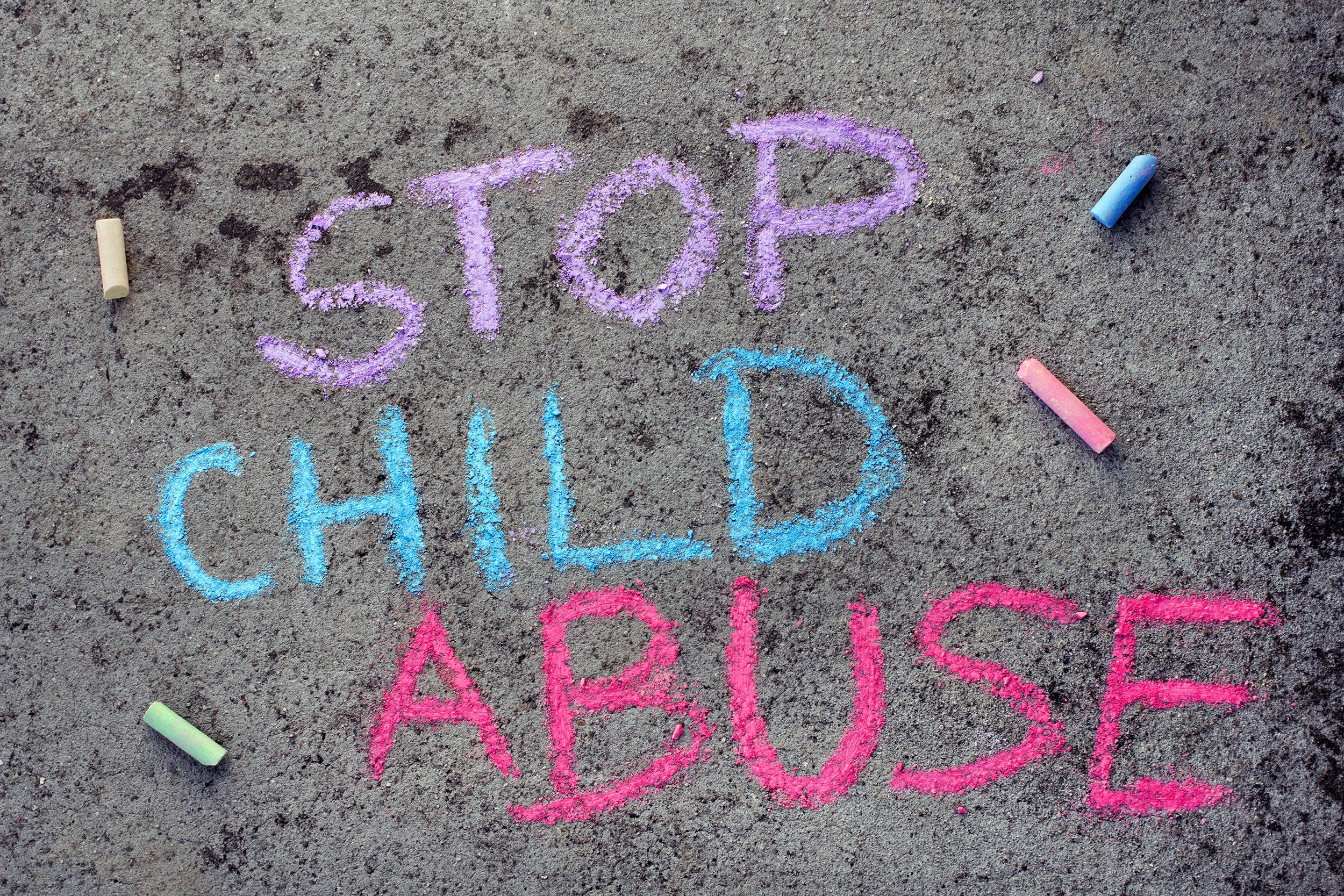Prevention of Child Abuse
-
System- Level Prevention
System- level prevention plays a critical role in promoting child safety and well-being. Access to high-quality healthcare, home visiting, childcare, and early education is highlighted as essential components of a comprehensive approach to child development. (Bradley, R. H., & Vandell, D.L., 2007) Likewise, financial and housing stability, violence-free neighborhoods, and access to healthy food and clean water promote child and family well-being (Benzies, K., & Mychasiuk, R., 2009).Evidence from various studies supports the positive impacts of these services on promoting child and family well-being. (Risser, H.J., Svevo-Cianci, K., Karim, E.J. et al.) To prevent child abuse at system level, integrated policies should be put in place to address multiple risk factors that are contributing to child abuse, including poverty. They should start programs that involves healthcare, education, and social services to work together in preventing child abuse. The system should also allow easy access to the essential services which include healthcare, mental health support and early childhood education to the public as these will help in preventing child abuse.
-
Child Abuse Prevention and Treatment Act (CAPTA) Prevention Programs
CAPTA was implemented over 35 years ago with a remarkably simple purpose: Creating a single Federal focus to deal with the front-end issues associated with abuse and neglect. CAPTA prevention programs are said to be first defense in the child welfare system. The CAPTA formula and competitive grants focus on the prevention of child abuse and ensuring continued well-being and safety of children. (2009) CAPTA emphasizes the importance of community-based prevention services that helps in addressing the challenges of the local population. CAPTA supports public awareness campaigns to raise awareness and educate the communities about the signs of child abuse and the harmful impacts that it can have on children. They also educate them on numerous ways on how they can prevent child abuse.
- Education and Awareness
Education plays a pivotal role in the prevention of child abuse. By educating people of child abuse, they are being equipped with the knowledge and skills needed to prevent instances of child abuse. By raising positive awareness, you are ensuring that parents, guardians, and all other community members understand the signs of child abuse and what they can do to prevent these instances. Education and awareness can both provide strategies for discipline, effective communication, and healthy parent-child relationships. Both can be done by using digital platforms such as websites and social media as well to spread information regarding child abuse with a diverse audience. Individual consultation is another option, which can take place in several settings (e.g., community center; primary care; preschool/kindergarten; clinic) and can be scheduled to consider parental time constraints. (Prinz, 2016).
-
Legal Measures
Legal measures are critical in prevention and response to child abuse. By enforcing and strengthening Child Protection Laws, child abuse can be prevented. This rule will ensure that instances of child abuse are met with appropriate legal consequences and perpetrators can be held accountable for their actions. By doing this then a clear message will be sent to the public that the safety and well-being of children is important.
